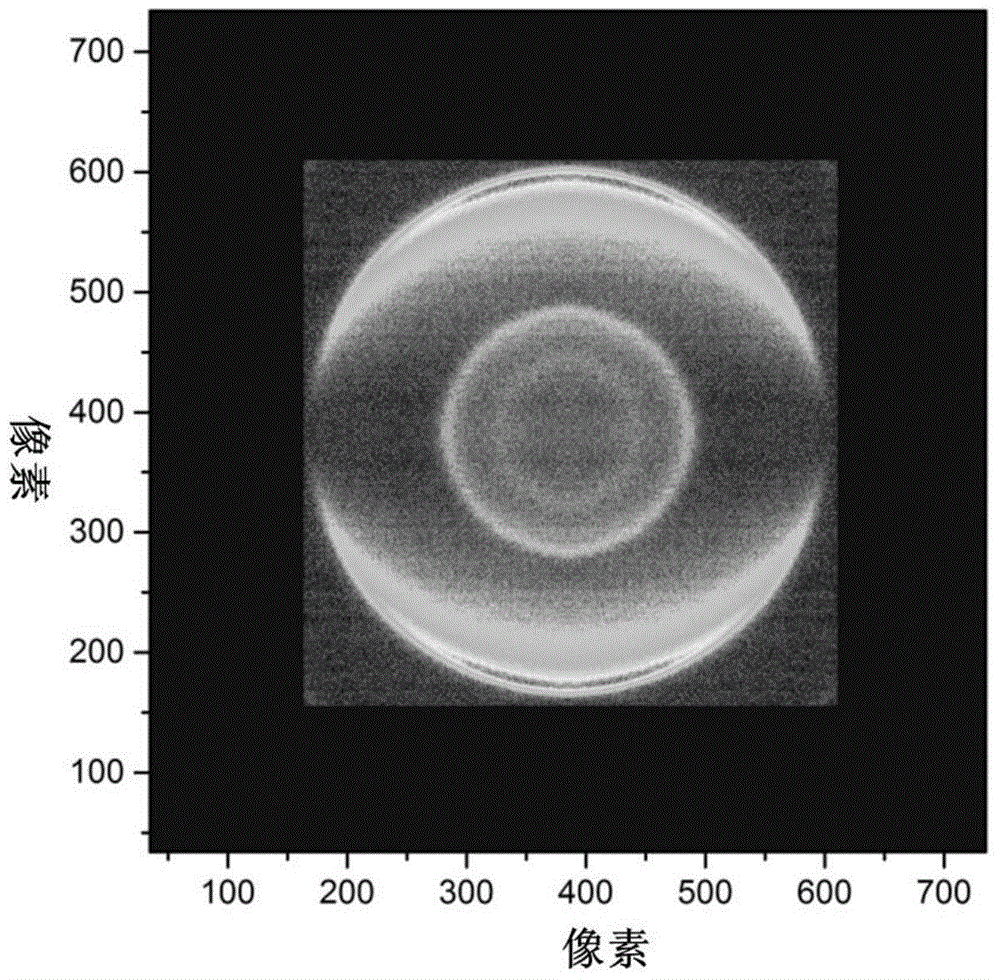Photoelectronic imaging device for researching anion system
A photoelectron imaging and negative ion technology, which is applied in the measurement of X-ray energy spectrum distribution, etc., can solve the problem that the kinetic information of the negative ion system cannot be directly detected.
- Summary
- Abstract
- Description
- Claims
- Application Information
AI Technical Summary
Problems solved by technology
Method used
Image
Examples
Embodiment 1
[0053] Mass Spectrometry of Copper Negative Ion Composite Clusters Generated by Nanosecond Laser Sputtering
[0054] This embodiment is intended to illustrate the performance of the ion source used to generate a specific negative ion system in this invention. In this embodiment, the pulse width is about 10 nanoseconds, the laser frequency is 20 Hz, the energy is 0.9 W to 1.9 W, and the wavelength is 532 nm. Focus on the copper target through a lens with a focal length of 35 cm, and form plasma on the surface of the copper target. The generated plasma is cooled by the He carrier gas carrying methanol solvent molecules sprayed through the pulse valve. During the cooling process, copper negative ions and complex cluster negative ions of copper and methanol solvent molecules will be generated. These negative ions are accelerated and collimated by the ion beam acceleration and collimation unit 5. Specifically, the first electrode sheet is applied here- Pulse high voltage of 1400 ...
Embodiment 2
[0056] Copper anion single-photon desorption imaging
[0057] The purpose of this embodiment is to illustrate the imaging performance of the electrons desorbed by the subsequent femtosecond laser system by the selected mass of copper negative ions generated by the nanosecond laser sputtering negative ion source 3 . The implementation conditions adopted in Example 1 are adopted in the present embodiment to produce negative copper ions. The copper negative ions enter the photoelectron velocity focusing electrode unit 7 through the isolation cone, and the negative ion beam interacts with the femtosecond laser between the first and second electrodes of the photoelectron velocity focusing electrode unit 7 . Specifically in this embodiment, the central wavelength of the femtosecond laser fundamental frequency light generated by the femtosecond laser system 1 is 810 nanometers, the frequency is 20 Hz, the pulse width is 70 femtoseconds, and the power is 160 milliwatts. The femtoseco...
Embodiment 3
[0059] Copper anion two-photon desorption imaging
[0060] This example is intended to illustrate that the device can realize infrared desorption of negative ion systems with relatively low desorption energy, as well as multi-photon desorption. The test object that this example adopts is the copper negative ion that produces through embodiment 1. The copper negative ions enter the photoelectron velocity focusing electrode unit 7 through the isolation cone, and the negative ion beam interacts with the femtosecond laser between the first and second electrodes of the photoelectron velocity focusing electrode unit 7 . Specifically in this embodiment, the central wavelength of the femtosecond laser fundamental frequency light generated by the femtosecond laser system 1 is 810 nanometers, the frequency is 20 Hz, the pulse width is 70 femtoseconds, and the power is 160 milliwatts. The femtosecond laser fundamental frequency light passes through the optical path conversion unit 2 and...
PUM
 Login to View More
Login to View More Abstract
Description
Claims
Application Information
 Login to View More
Login to View More - R&D Engineer
- R&D Manager
- IP Professional
- Industry Leading Data Capabilities
- Powerful AI technology
- Patent DNA Extraction
Browse by: Latest US Patents, China's latest patents, Technical Efficacy Thesaurus, Application Domain, Technology Topic, Popular Technical Reports.
© 2024 PatSnap. All rights reserved.Legal|Privacy policy|Modern Slavery Act Transparency Statement|Sitemap|About US| Contact US: help@patsnap.com










